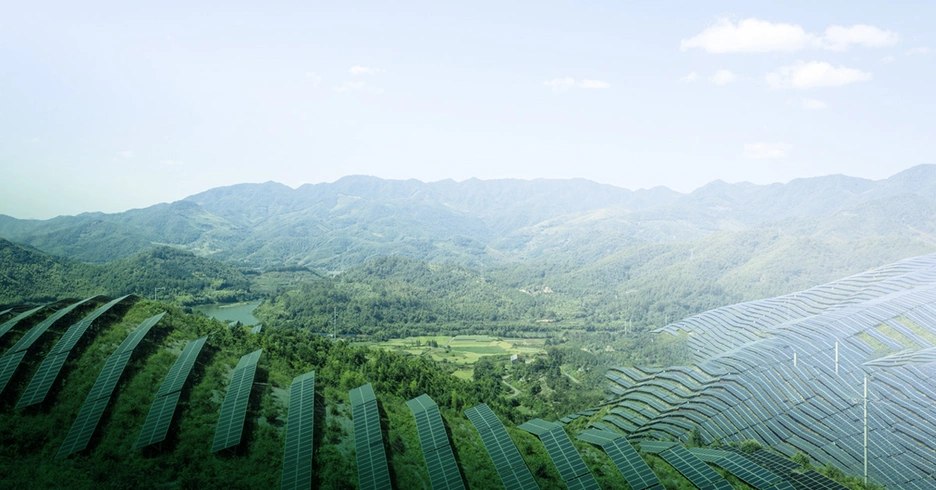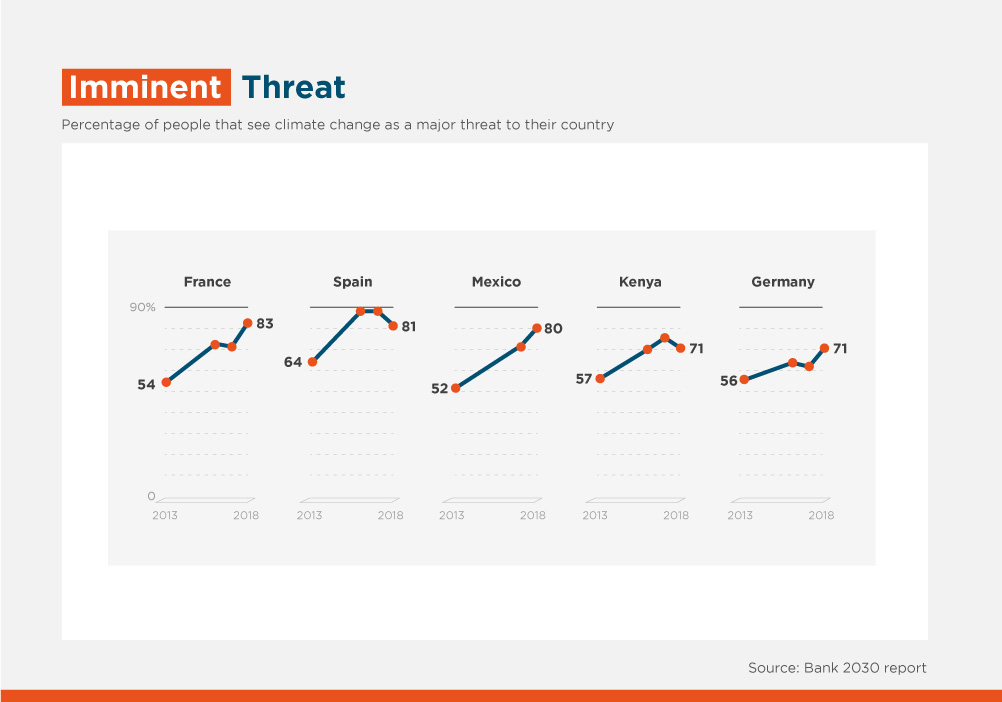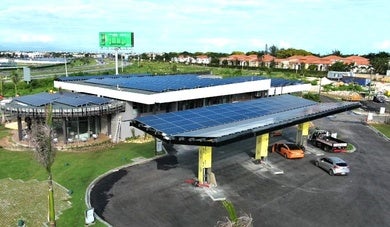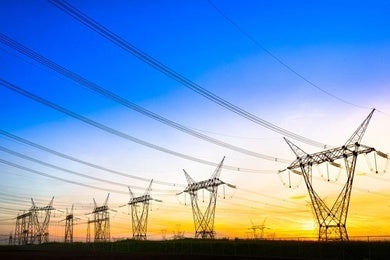Climate Action, the Domino Effect of the UN's Key Development Goal

We must heed our planet's call for help. And this must be done without further delay. The data is right there. Greenhouse gas emissions have increased by an annual average of 1.5% in the last decade, more than 50% above 1990 levels, and have doubled since the first industrial revolution.
Global temperatures have risen by one degree; sea levels have risen by 19 centimeters between 1901 and 2010 and, if this continues, could rise by almost two meters by 2100, according to data and estimates in the latest report of the Intergovernmental Panel on Climate Change (IPCC). The damage to humans is enormous: climate change is estimated to cause five million deaths a year (9.4% of all deaths) and forecasts suggest that by 2100, 83 million people—the equivalent of the population of Germany—could die from climate-related causes.
The economic consequences are also growing: AON estimates that in 2020 alone, annual losses caused by climate-related catastrophes have exceeded $268 billion. Global warming is causing permanent changes to the climate system, the consequences of which may be irreversible if we fail to take urgent action now.

It is clear that Sustainable Development Goal 13, Climate Action, is a cornerstone for the rest of the goals. It is the piece that, once set in motion, dominoes onto the others. Of course, the 17 Development Goals adopted in 2015 are relevant and necessary but, if we do not take action to reverse global warming, there will be fewer natural resources, less marine life, less water, more inequality of all kinds, more poverty, fewer economic resources, fewer jobs, less education.
The positive spin on this is that, by acting on SDG 13, significant benefits can be achieved in energy security (SDG 7), health and well-being (3), clean water (6), economic growth and decent jobs (8), sustainable cities (11) and national security (11). It also facilitates food production through more resilient agriculture and encourages responsible consumption (12), in addition to protecting marine biodiversity (14) and terrestrial ecosystems (15). Hence, Climate Action is a fundamental pillar, a sine qua non condition to achieve the rest of the objectives.
Climate Action is also the SDG on which the corporate world has focused when setting its commitments for the 2030 Agenda, according to data from Global Compact. Nowadays, it is difficult to find a large company that has not set specific quantitative targets for reducing its own CO2 emissions over a medium-term horizon (2030). And an ever-growing list of companies, organizations and countries are joining the climate commitment. I would say that large companies, at least, have done their work internally and within their usual perimeter, but they need to further increase investment in developing innovative, inclusive, climate-smart and low-carbon products and services. They need to prepare to adapt to climate change and strengthen resilience in their operations, supply chains and the communities in which they operate.
The road won't be easy. For anybody. As the UN says, the efforts of the countries that signed the Paris Agreement must be tripled to put the planet back on track to curbing the temperature rise to a maximum of 2°C and increased fivefold to limit this rise to 1.5°C. There are no shortcuts. Achieving climate neutrality, reaching net zero emissions above pre-industrial 1990 levels, is a critical requirement to avoid irreversible damage. The good news is that many groups are making a commitment to a low-carbon economy.
According to UN data, a total of 130 countries, responsible for more than 60% of polluting emissions, have set a target of zero net emissions by 2050. These include the following from Latin America and the Caribbean: Argentina, Chile, Uruguay, Costa Rica, Panama, Ecuador, Jamaica and Peru by 2050 and Brazil by 2060. Suriname has been neutral since 2014 and Barbados has set a target for 2030.
More and more private companies are joining in on this goal, while the financial sector, which has a key role to play in the transition to a low-carbon economy, has stepped forward to take the helm of sustainable finance. Regulators and supervisors are spurring the development of sustainable finance, which is key to financing the transition from a brown economy (as we would define our current economy) to the green economy we need to build for the future. Consumers, as well as savers, especially the younger generations, have also sided with climate protection and are demanding products and services that, far from causing additional damage to the planet, help reverse climate change.
The playing field is perfectly defined. All that remains is for all of us to move forward quickly until we cross the finish line. But this is not a competition, it’s not as if the first one there gets to win. We can only win if we all get there.
(A version of this post was first published in El Español)
LIKE WHAT YOU JUST READ?
Subscribe to our mailing list to stay informed on the latest IDB Invest news, blog posts, upcoming events, and to learn more about specific areas of interest.
Subscribe


